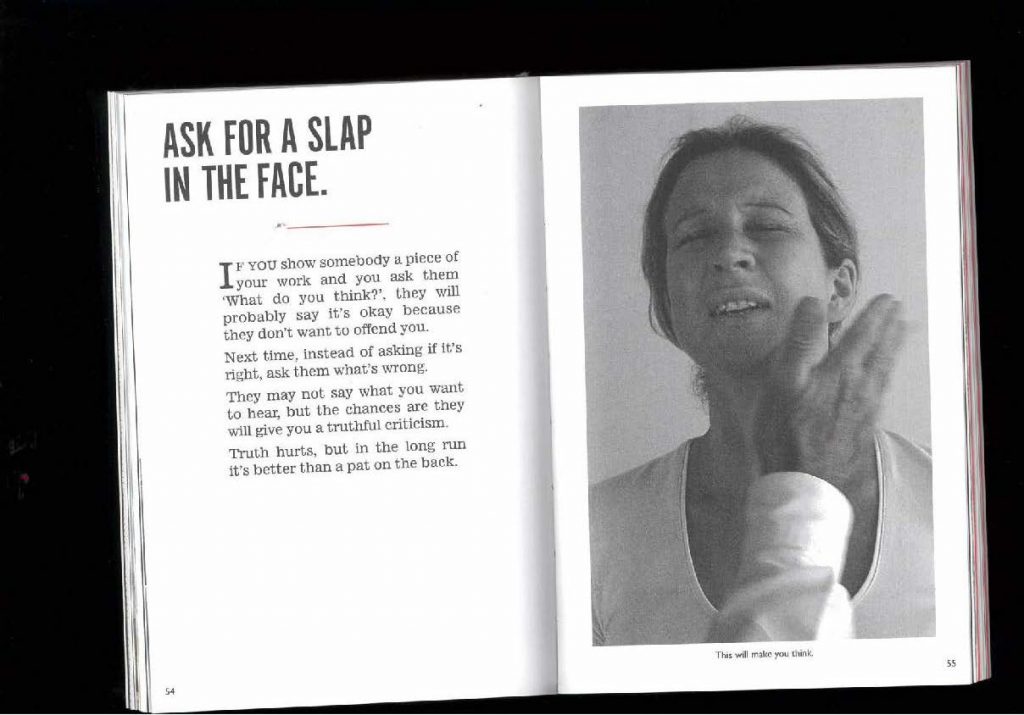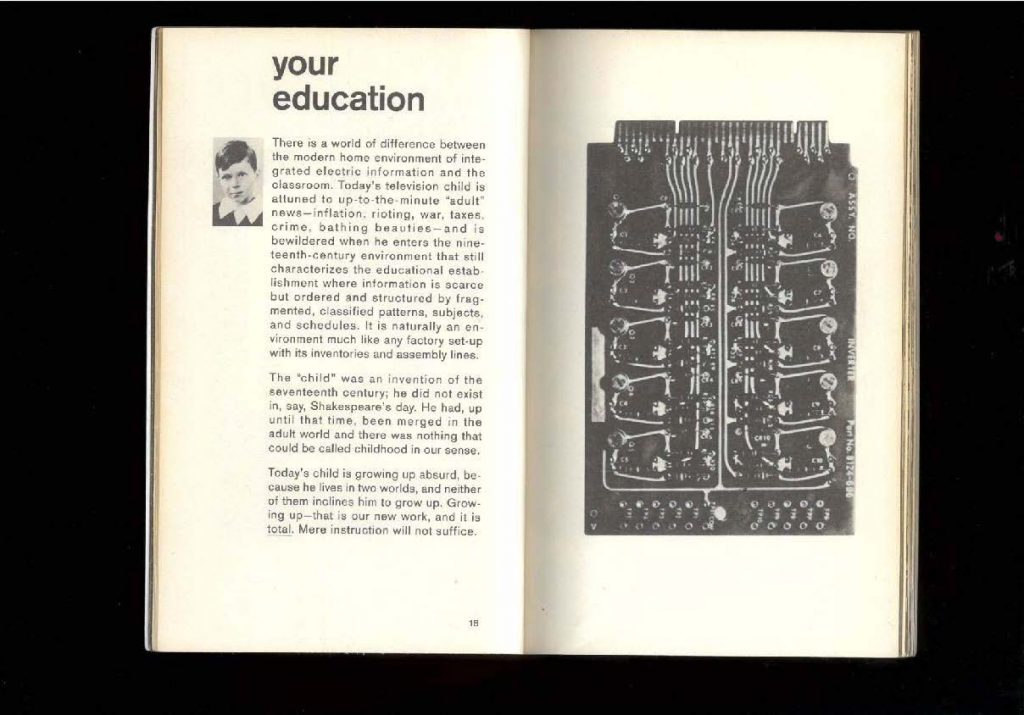Signature pedagogies, as introduced by Shulman (2005), define the distinctive teaching methods that shape professional thinking and practice in various disciplines. Within art and design education, the crit (or critique) has long been a fundamental pedagogical tool, fostering self-reflection, peer feedback, and professional development. However, in the contemporary creative education landscape—particularly post-pandemic—the crit has evolved significantly, leading to crucial questions about its role, function, and potential modernizations.
The Role of the Crit in Art and Design Education

The crit is designed to provide students with structured yet open-ended feedback on their work, encouraging analytical thinking and creative problem-solving. As Dunne (1997) highlights, the crit is not simply about evaluation but about developing the ability to critically assess and articulate design decisions. However, while it remains a cornerstone of creative education, contemporary teaching methods and student expectations have shifted its practice.
Student-Centered Critique: Shifting Power Dynamics
Modern pedagogical discussions question the traditional structure of the crit, where students passively receive feedback from tutors and peers. Today, some institutions are experimenting with allowing students to dictate the type of feedback they receive—whether critical, constructive, or purely affirmative. This approach acknowledges the diverse learning needs of students and the changing landscape of higher education, where mental health considerations and student agency play increasing roles (Belluigi, 2016).
The Impact of Consumer-Oriented Higher Education
A significant challenge facing contemporary crits is the tension between academic rigour and student satisfaction. As tuition fees rise, students often approach education with a consumer mindset, expecting a return on their financial investment. This dynamic raises concerns about whether academics feel pressured to soften critiques to maintain positive student feedback scores, potentially compromising the developmental value of the crit process.

Staff Perspectives on the Changing Crit Environment
For educators, the crit now involves managing not only academic discourse but also student expectations and emotional responses. Post-pandemic, students often enter crits with heightened anxiety, leading to a need for more structured yet supportive environments. According to Orr and Shreeve (2018), the social and emotional aspects of critique sessions require careful facilitation to ensure productive learning outcomes.
Conclusion
The crit remains a crucial pedagogical tool, but its role and structure must continue evolving. Institutions should balance constructive criticism with student well-being while ensuring that critiques prepare students for the realities of professional creative practice. The question remains: How can the crit best serve students in an era where higher education is increasingly viewed as a service industry?
References
- Shulman, L. S. (2005). “Signature Pedagogies in the Professions.” Daedalus, 134(3), 52-59.
- Dunne, A. (1997). Hertzian Tales: Electronic Products, Aesthetic Experience, and Critical Design. RCA.
- Belluigi, D. Z. (2016). “Constructions of Roles in Studio Teaching and Implications for Learner Experience and Learning.” International Journal of Art & Design Education, 35(1), 21-35.
- Orr, S., & Shreeve, A. (2018). Art and Design Pedagogy in Higher Education: Knowledge, Values and Ambiguity in the Creative Curriculum. Routledge.
Leave a Reply